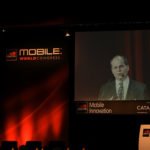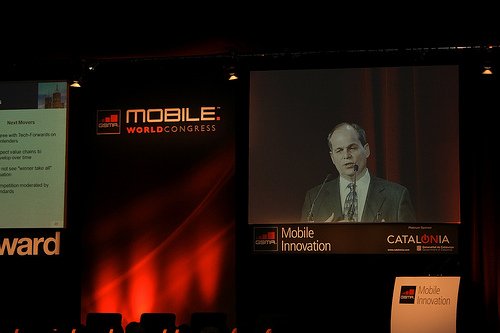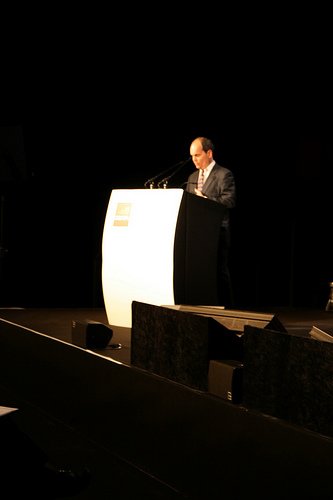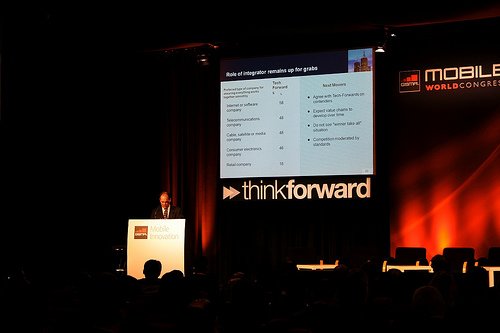
LG Electronics has integrated Broadcom’s advanced Bluetooth technology into a new line of digital televisions (DTVs) that are now shipping.
Having Bluetooth connectivity in its LH70 TV line of digital televisions allows the sets to connect with a wide range of Bluetooth devices, such as wireless stereo headphones and cell phones.
With the latter, future applications include functioning as a TV remote control or a QWERTY keyboard input device for TV-based widgets and electronics commerce applications.
The Bluetooth technology also allows the new LGE TVs to act as a wireless docking station for MP3-enabled cell phones and portable media players (PMPs).
This enables music and other audio to play over TV speaker systems.
It also allows ‘picture push’ capabilities that enable users to wirelessly move digital photos and other graphic files from Bluetooth-enabled camera phones to the LGE TV for viewing and sharing.

Fernanda Summa, TV product manager at LG Electronics, said consumers are continuing to discover that Bluetooth is much more than just a wireless headset. She said the technology is rapidly gaining adoption in digital televisions.
"Broadcom Bluetooth technology provides the right combination of features and performance for embedded and consumer electronics applications, delivering advanced multimedia capabilities and low power consumption driven by Broadcom’s expertise in mobile handsets," he said.
Broadcom estimates that the total available market (TAM) for embedded Bluetooth solutions will be more than 938 million units by 2012.
Craig Ochikubo, vice president & general manager of Broadcom’s wireless personal area networking line of business, said the increasing adoption of Broadcom Bluetooth technology into digital televisions and other consumer electronics devices is driving an emerging connectivity ecosystem.
He said it allows existing products with Bluetooth connectivity like cell phones and wireless headsets to play new roles.
"Broadcom is helping to drive this trend and we look forward to our continued collaboration with LGE to transform consumer interaction with these devices," he said.






%20cut%20out_rsz.jpg)